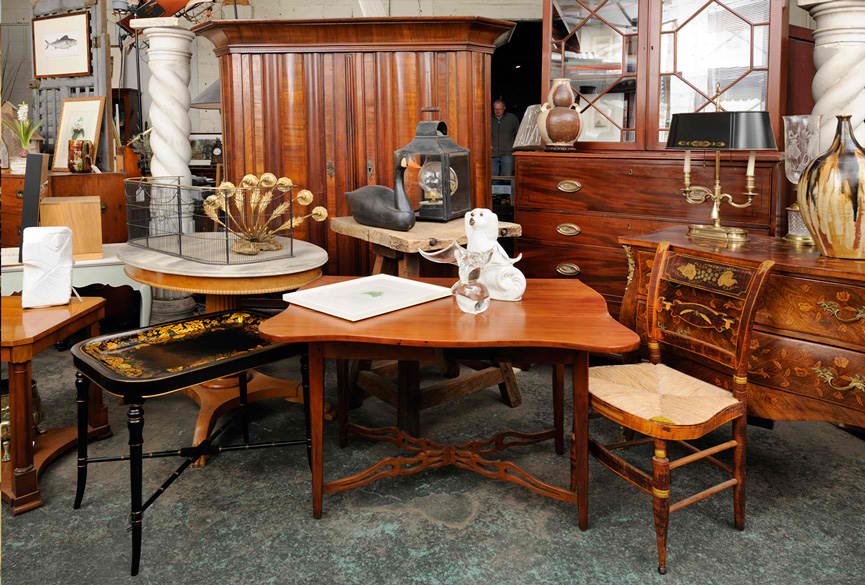A Guide to Antique Restoration and Creating Custom Furniture

Restoring a piece of antique furniture can be rewarding, if certain steps are in place to make restoration smoother.
Consider Safety
Securing the right tools and considering your safety will make it a smoother process to the final product. There are a number of chemicals needed to furniture refinishing. Tools you'll need for the restoration can also be dangerous if used incorrectly. Consider wearing eye protection, rubber gloves, and long sleeves to protect your body from chemicals if they spill or splatter. Also work in a place that has fans, air conditioning, or the ability to easily open a window so that air can circulate. Chemicals used in restoration can have harmful vapors. Also, take precautions if older furniture has paint containing lead, as ventilation is necessary when stripping this type of item.
Determining the Finish of Old Furniture
How do you discover what type of finish exists on a piece of antique wood?
You can put denatured alcohol on an area of the furniture that is hidden to figure out if it's a natural finish like shellac, varnish and lacquer has been applied. If it's a shellac finish, the alcohol will remove the finish. Lacquer thinner is used to remove that finish, but if this doesn't work, then it's likely you have a varnish finish on your hands. Visit this website https://en.wikipedia.org/wiki/Interior_design about furniture.
Cleaning Off Your Furniture
To clean off your antique piece, use a wood cleaner that is oil-based. If for some reason that does not work, try using a cloth and apply warm water and a liquid detergent. Rub the cloth on the furniture, but don't soak the cloth in the water. You don't want your wood to get drenched. After rinsing the area you worked on, dry with another cloth.
It's possible the water and detergent won't work and a much stronger chemical needs to be put on your piece. Try using a solvent, such as mineral spirts, turpentine, or, again, denatured alcohol.
Fixing the Wood
Reamalgamation is the repair of wood pieces that have cracks and scratches. Here, a solvent is used to scrub out the scratches. This can be done by putting the solvent on a brush and then quickly buffing the area with the wood blemishes. Once the solvent dries, it can be lightly polished with a steel wool brush. You can finish off the area with a wax.
Taking Away the Old Finish
In the refinishing process, you must strip layers of old paint with a semi-paste so that a new stain can be painted on. Apply the stripper on the furniture from top to bottom and continuously in one direction. Wait for the stripper to dry. Then use a knife to peel away at the surface. Once you have a majority of the old finish off, use a liquid stripper to take off what remains. Let the stripper sit on the furniture for a few minutes before using a natural-bristle paint brush to remove those last bits. You may need to do a final rinse with the liquid stripper.
Applying a New Coat of Stain
Paint on the stain using a natural-bristle brush and leave it on for a minimum of five minutes. Then take a clean cloth and remove the excess. Then apply a sanding sealer and let your piece dry for at least eight hours. The next day, sand your furniture with a 220-grit sandpaper and then apply either a lacquer, varnish, or polyurethane to add a shine to your piece and to protect it.
Customizing Furniture
Furniture restoration is certainly a way of customizing it. But there are other ways, too. It can be going to a furniture maker to secure obscure upholstery and decorative pillows. More and more designers are fulfilling unique requests for one-of-a kind furniture, such as taking a standard piece and altering it by 90 percent. In addition, technology is making customization increasingly possible with the availability of 3D printing. This also lowers the price of custom items.
Whether it's furniture restoration or custom-built furniture, redesigning pieces brings great joy and builds on our unique creativity.



